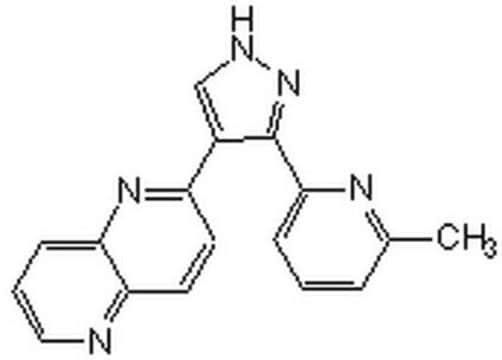676918
Carbon disulfide
ACS reagent, ≥99.9%
About This Item
Prodotti consigliati
Grado
ACS reagent
Densità del vapore
2.67 (vs air)
Tensione di vapore
5.83 psi
Saggio
≥99.9%
Forma fisica
liquid
Temp. autoaccensione
212 °F
Limite di esplosione
50 %
Impurezze
H2S, passes test (lim. ~1.5 ppm)
SO2, passes test (lim. ~2.5 ppm)
≤0.05% water
Residuo dopo evaporazione
≤0.002%
Colore
APHA: ≤10
Indice di rifrazione
n20/D 1.627 (lit.)
P. eboll.
46 °C (lit.)
Punto di fusione
−112-−111 °C (lit.)
Densità
1.266 g/mL at 25 °C (lit.)
Stringa SMILE
S=C=S
InChI
1S/CS2/c2-1-3
QGJOPFRUJISHPQ-UHFFFAOYSA-N
Cerchi prodotti simili? Visita Guida al confronto tra prodotti
Descrizione generale
Applicazioni
- To synthesize hydroxynaphthyl ketones via Friedel-Crafts acylation and demethylation.
- In the regioselective bromination of binaphthols.
Prodotti correlati
Avvertenze
Danger
Indicazioni di pericolo
Classi di pericolo
Acute Tox. 4 Inhalation - Eye Irrit. 2 - Flam. Liq. 2 - Repr. 2 - Skin Irrit. 2 - STOT RE 1
Organi bersaglio
Peripheral nervous system,Central nervous system,Cardio-vascular system,Eyes
Codice della classe di stoccaggio
3 - Flammable liquids
Classe di pericolosità dell'acqua (WGK)
WGK 2
Punto d’infiammabilità (°F)
-22.0 °F - closed cup
Punto d’infiammabilità (°C)
-30 °C - closed cup
Certificati d'analisi (COA)
Cerca il Certificati d'analisi (COA) digitando il numero di lotto/batch corrispondente. I numeri di lotto o di batch sono stampati sull'etichetta dei prodotti dopo la parola ‘Lotto’ o ‘Batch’.
Possiedi già questo prodotto?
I documenti relativi ai prodotti acquistati recentemente sono disponibili nell’Archivio dei documenti.
Il team dei nostri ricercatori vanta grande esperienza in tutte le aree della ricerca quali Life Science, scienza dei materiali, sintesi chimica, cromatografia, discipline analitiche, ecc..
Contatta l'Assistenza Tecnica.








